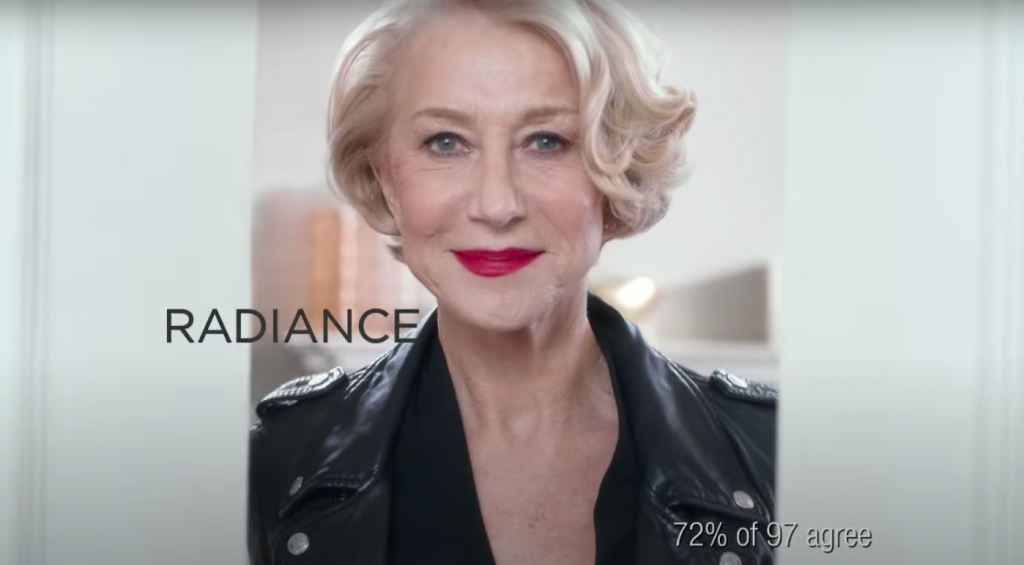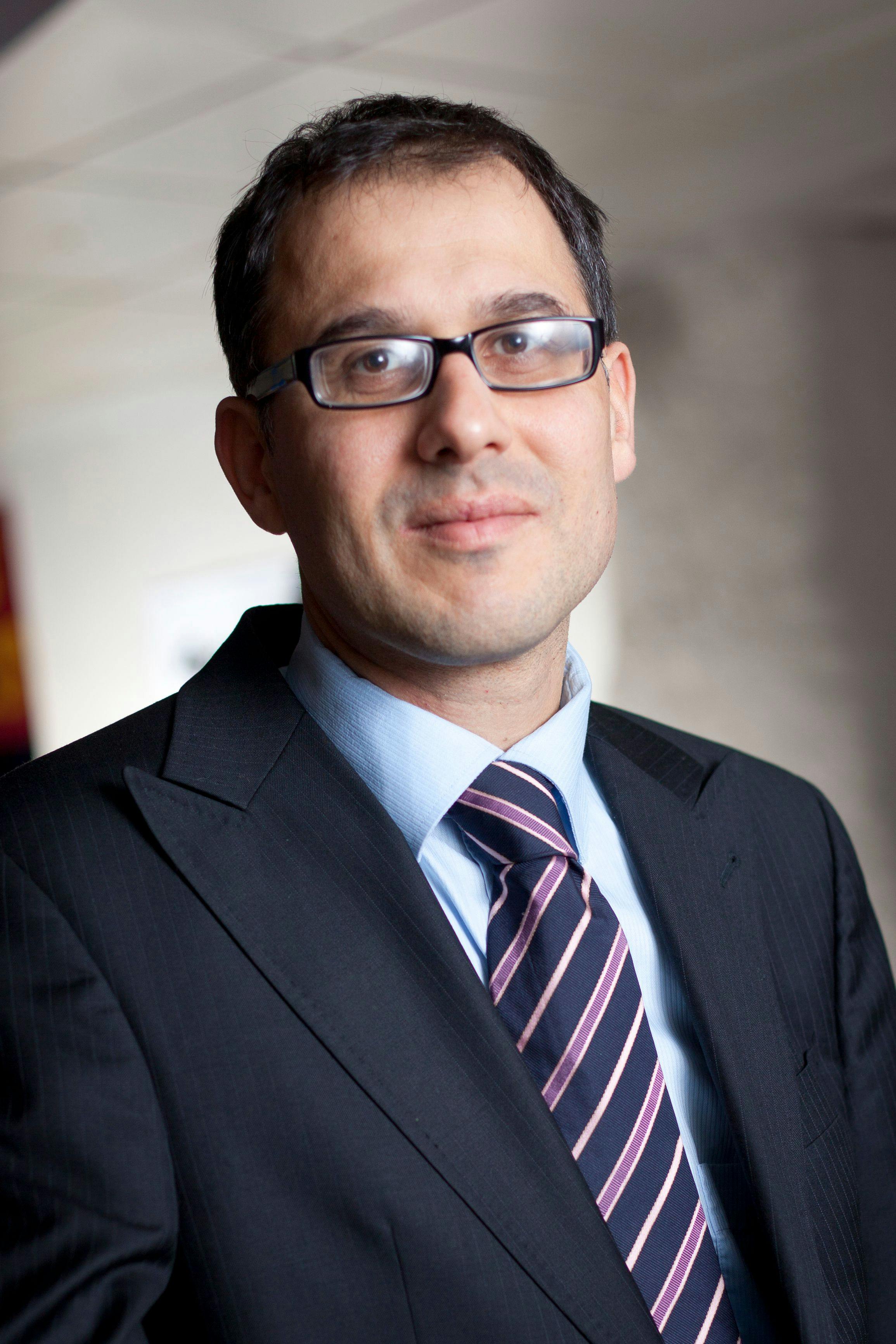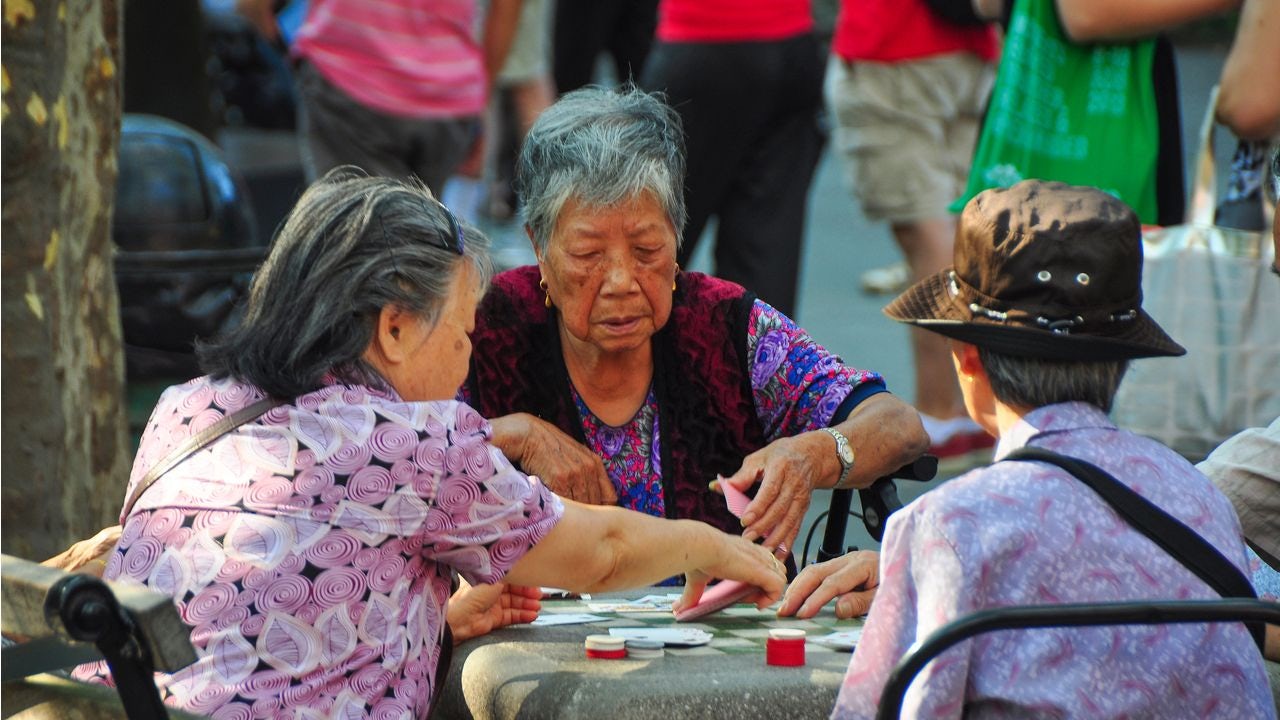Key Takeaways:#
The population of individuals 60 and older in China has nearly doubled between 2000 and 2020 — from 10 percent to 17.4 percent. Plus, this share is expected to increase to 24.8 percent by 2030 and 29.9 percent by 2040.
China will become the second-largest silver economy after the US, as silver spending for consumers 65 years old and beyond will triple from 750 billion in 2020 to 2.1 trillion in 2030.
Digitization has also connected silver consumers to luxury-inspired content or purchases with just a click. JD’s Big Data Research Institute found that, in 2020, internet users 56 and up spent 2.3 times more than the average user in 2017.
It's become widely accepted that the luxury market in China skews towards younger demographics. The average age of a Chinese Porsche Taycan buyer is only 33 years old, and it's even younger for Porsche's sportier model 718. That number stands in stark contrast to the US, where the average age of a Porsche buyer belongs to a 50-plus generation of 'silver-haired' consumers with excessive purchasing power.
The logical consequence is that so-called ‘silver’ consumers rarely appear on the marketing radar in China. Do luxury brands use older age bracket samples to generate research findings? Unlikely. It does not matter if the line gets drawn at 55, 60, or 65 years — luxury brands have continued to sidestep older consumers.
That may be due to unconscious bias or decision-makers who blatantly paint seniors as incongruent with modern consumerism. But luxury brands may be vastly underestimating the untapped potential of "the silver yuan."
Demographic Change#
The speed of demographic change will inevitably transform Chinese society in multiple ways. The population of individuals 60 and older in China has nearly doubled between 2000 and 2020 — from 10 percent to 17.4 percent. Strikingly, this share is expected to increase to 24.8 percent by 2030 and 29.9 percent by 2040. China’s 'tipping point' — when baby boomers retire in the 2020s (the retirement age there is 60 for men and 55 for women) — reflects a shift in demographic forces that should establish an extensive ‘silver economy.’
Financial Power#
This surge in the silver population is consistent with a greater willingness for silver consumers to flex their financial powers. China will become the second-largest silver economy after the US, as silver spending for consumers 65 years old and beyond will triple from 750 billion in 2020 to 2.1 trillion in 2030. A greater share of consumer spending will not necessarily translate to splurges for designer handbags and luxury cars. But it will represent a retiring generation with a desire to invest in themselves.
Consumer Empowerment#
Today's increasingly hedonistic lifestyles depict a progressively confident silver consumer, dispelling the myths that consumerism is driven solely by the young. Indeed, China’s growing skincare market is being driven, in part, by an aging population. And there is certainly potential for future growth if we draw inspiration from other geographic markets.
As observed by Delphine Viguier, the global brand president for L’Oréal Paris, in a 2021 Wall Street Journal interview, French women over 65 years of age spend 219 (€184) on beauty products each year compared to 143 (€120) for 25-to-30-year-olds. Digitization has also connected silver consumers to luxury-inspired content or purchases with just a click. JD’s Big Data Research Institute found that, in 2020, internet users 56 and up spent 2.3 times more than the average user in 2017.
Many luxury brands have recognized the potential in winning the ‘silver yuan’ but are still wary about committing their resources to this group. It may still be a cultural shock to even think about engaging with an older consumer group or an angst-ridden attitude that associating with senior citizens might alienate the core target.
Yet, luxury brands should not be short-sighted or fail to develop exclusive or adapted products and services for these silver consumers. The emergence of 'wellness beauty' is just one example of how brands can create meaning and relevance for an older generation.
Luxury brands can be intergenerational and create specific content that appeals to different generations without the risk of stereotyping. It is perhaps a challenge, but it is possible. The renowned British actress Dame Helen Mirren is a longtime L’Oréal Paris brand ambassador who has been an inspiration for all age groups. Adopting a sense of inclusivity can also connect brands emotionally with a broader audience.

Winning over the silver consumer is a global race, but luxury brands seem to have neglected that the most inspiring markets remain in China. If luxury brands want to win over the silver yuan, it is time for them to start a conversation by focusing and learning from market research that targets a silver sample in brand surveys. Better yet, they should employ silver marketing executives to give them a direct perspective on senior desires for their luxurious futures.
Glyn Atwal is an associate professor at Burgundy School of Business (France). He is co-author of Luxury Brands in China and India (Palgrave Macmillan).


